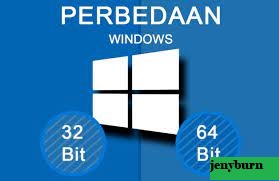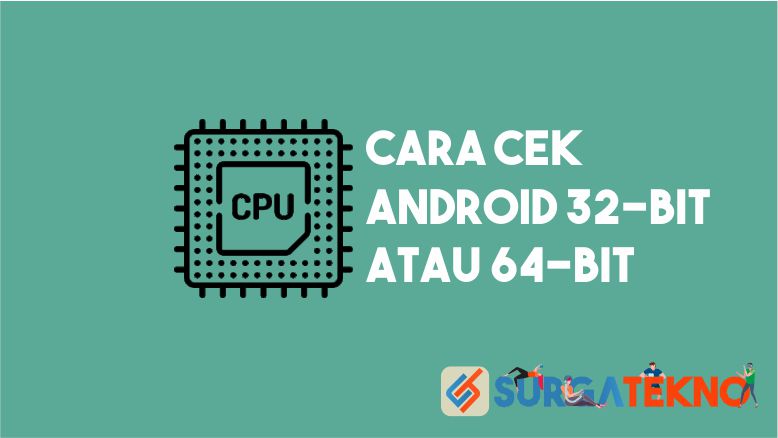
With current systems unable to take full advantage of capacity, systems now are available with installed RAM far exceeding the 4 GB limits of 32-bit systems. Installing more RAM is always an option, but 32-bit systems would simply not be able to use any RAM over its limit. The practical implications of this are that 32-bit Windows, for example, cannot take full advantage of 4GB RAM, and it typically shows 3.25GB. The combined limit for RAM,graphics(GPU) RAM, PCI memory range and a few other components is 4GB. While memory usually refers to RAM, this limit also includes memory in the other devices in the system like video, audio and network adapters.



32-bit CPUs can only run a 32-bit OS and applications designed for 32-bit operating systems.Ħ4-bit systems are generally backward-compatible and support both 32-bit operating systems and 32-bit applications.ģ2-bit systems have a limitation on how much memory they can address (or point to). So, 64-bit CPU and ALU architectures have matching registers and address, or data, buses in like values.Ĭompatibility What is compatible with a 32-bit CPU?Ī 32-bit processor cannot run an operating system designed for 64-bit CPUs. Also a 64-bit system has 64-bit address registers, with data registers and the data bus typically equivalent in size as the address registers. A 32 bit architecture allows the arithmetic and logic unit (ALU), or digital circuit, to perform 32-bit integer arithmetic and logical operations.įor architecture with 64-bits, it allows a 64-bit version of Windows to handle large amounts of RAM better than a 32-bit system. Less RAM access, less memory, less efficiency, fewer security featuresģ2-bit and 64-bit are terms referencing on how a processor embedded in the computer, or CPU, handles data. It's hardware dependent, typically 3.25GB.Ħ4-bit systems allow up to 17 Billion GB of RAM.

XP Professional, Windows Vista, Windows 7, Windows 8, as well as Mac OS X and Linuxģ2-bit systems are limited to 3.2 Gigabytes (GB) of RAM 32 bit Windows with address limitation do not attain to a full 4GB. For software, 64-bit means code use with 64-bit virtual memory addresses.ģ2-bit operating systems (OS) and applications require 32-bit CPUsĦ4-bit OS requires 64-bit CPU, and 64-bit applications need a 64-bit OS and CPUĪll editions of Windows 8, Windows 7, Windows Vista, and Windows XP, Linux For software, 32-bit typically means use of 32-bit linear address space.Ħ4-bit architecture is based on registers, address or data buses 64 bits (8 octets) wide. Comparison chart 32-bit versus 64-bit comparison chartģ2-bit architecture is based on registers, address or data buses 32 bits (4 octets) wide.



 0 kommentar(er)
0 kommentar(er)
